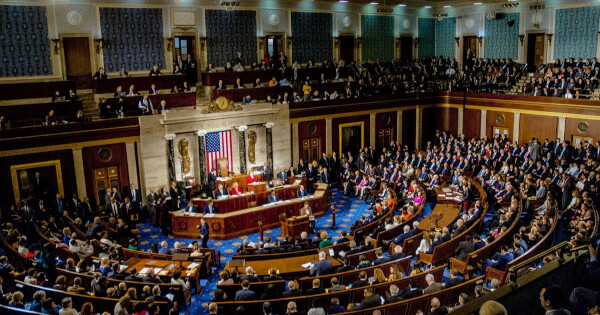In the aftermath of a string of high-profile bank collapses in the United States, regulatory agencies are acknowledging the errors they have made. Internal evaluations of how each organization dealt with Signature Bank and Silicon Valley Bank (SVB) have been made public by the New York Department of Financial Services (NYDFS) and the Federal Reserve Board of the United States, respectively. Both banks were shut down in March of this year, with the New York Department of Financial Services taking action against Signature Bank on March 12 and authorities in California closing SVB only two days earlier on March 10. The collapses occurred shortly after the news of the voluntary liquidation of crypto-friendly Silvergate Bank on March 8th, which spurred runs on the impacted institutions and ultimately led to the failures.
The collapse of these banks has sent shockwaves across the business, and as a result, Vice President Joe Biden of the United States sent out a statement to the situation through Twitter. The Federal Reserve study concluded that SVB’s management had failed to adequately manage its risks, and that the bank’s supervisors had “not fully appreciated the extent of the vulnerabilities” of the bank as it increased in size and complexity. Both of these findings were uncovered as a result of the Fed’s investigation. Regulators had not taken enough action to resolve SVB’s fundamental issues despite the fact that these issues were pervasive and well-known.
Similar problems were discovered during the investigation conducted by the NYDFS on Signature Bank. These problems include inadequacies in the bank’s risk management policies and inadequate oversight of third-party suppliers. In addition, the study included criticism directed at the board of directors of the bank for their lack of action to address these concerns.
These failures have caused regulators to reexamine their monitoring processes, and several have called for a more proactive approach to risk management as a result of their findings. Concerns have also been raised about the possibility that the failures are an indication of more widespread systemic problems within the banking sector.
Moving ahead, it is probable that regulatory agencies will continue to monitor the banking sector with an even closer eye in an attempt to reduce the likelihood of failures that are analogous to those that have occurred in the past. This may include more stringent requirements for risk management practices, increased oversight of third-party vendors, and more stringent regulatory enforcement actions taken against banks that fail to meet their obligations. At the end of the day, the expectation is that these precautions will assist in protecting the financial system and preventing new crises from arising.
Credit: Source link




















 Bitcoin
Bitcoin  Ethereum
Ethereum  Tether
Tether  Solana
Solana  XRP
XRP  Dogecoin
Dogecoin  USDC
USDC  Lido Staked Ether
Lido Staked Ether  Cardano
Cardano  TRON
TRON  Shiba Inu
Shiba Inu  Avalanche
Avalanche  Wrapped Bitcoin
Wrapped Bitcoin  Wrapped stETH
Wrapped stETH  Toncoin
Toncoin  Sui
Sui  Bitcoin Cash
Bitcoin Cash  WETH
WETH  Chainlink
Chainlink  Polkadot
Polkadot  Pepe
Pepe  Stellar
Stellar  LEO Token
LEO Token  NEAR Protocol
NEAR Protocol  Litecoin
Litecoin  Aptos
Aptos  Wrapped eETH
Wrapped eETH  Uniswap
Uniswap  Cronos
Cronos  USDS
USDS  Hedera
Hedera  Internet Computer
Internet Computer  Ethereum Classic
Ethereum Classic  Bonk
Bonk  Render
Render  Bittensor
Bittensor  Ethena USDe
Ethena USDe  POL (ex-MATIC)
POL (ex-MATIC)  WhiteBIT Coin
WhiteBIT Coin  Dai
Dai  MANTRA
MANTRA  Artificial Superintelligence Alliance
Artificial Superintelligence Alliance  dogwifhat
dogwifhat  Arbitrum
Arbitrum  Monero
Monero  Stacks
Stacks  Filecoin
Filecoin  OKB
OKB 
